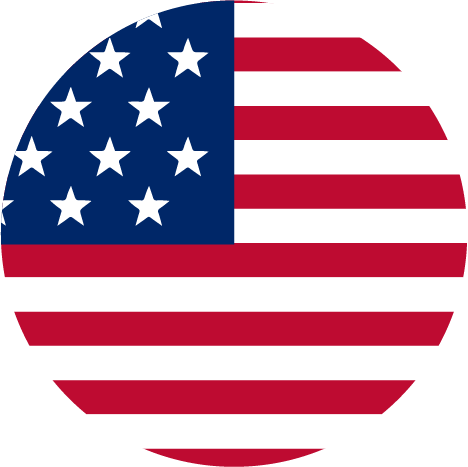The New Paradigm of Selling
.png)
.png?width=788&name=101917-Blog-Image-(Full).png)
We can’t control the economic climate we work in, but we can face it and make the most of it.
Ten years ago, you could offer to save a company 10 percent on a product or service, and that might have been enough to close the sale. Now, that kind of savings is not worth the time and risk involved for decision makers to upset the status quo.
For decision makers to be motivated to act, the change has to benefit them personally in a big way.
With this new reality, decision makers are more hesitant to buy, and there are layers of complexity in the approval process that didn’t exist before. This means closing a sale takes longer and demands that you nurture leads in a way that actually deepens relationships with decision makers, especially early on.
The kind of nurturing needed in these cases isn’t done on the golf course.
You cultivate your leads by sharing information of value that leads your prospects from the stage where they are open to speaking with you to where they are convinced that they need you.It may take three interactions or fourteen to move them from the “open stage” to the “convinced stage.”
Prepare yourself for the marathon and the sprint.
A well though-out nurture campaign will ensure you have an interaction plan that can trigger an earlier close. (Important note: a nurture campaign comprised of periodic non-customized emails or short emails that say, “Just checking in to see if you have any needs” falls far short of what we call “productive activity.”)
In the new paradigm of selling, decision makers don’t have time to evaluate another solution without a good reason, so you want each of these communications to demonstrate value for them. This can include educational material, thought pieces or explanations of how the work you do is benefiting your existing clientele.
This material is much stronger when it includes real numbers or stories, which demonstrate that what’s in it for them is tangible, not vague or unquantifiable. When putting together your communications, think about your decision makers and how they can justify buying from you to their bosses. With these materials, do your best to answer their questions before they ask.
Sometimes the elongation of the sales cycle leads to fatigue on the part of sellers. It can be very tempting to want to skip the steps needed to convince the prospect or build the trust relationship. It can even be tempting to give up entirely.
Once you’ve started the business development process, do not abandon it unless you are convinced that the prospect would no longer make a good client. Too often a seller works hard to get the ball rolling and gives up, only for the competition to step in and close a deal.
Longer sales cycles can be exhausting, but they are the reality when prospective clients are feeling tentative with their dollars.They are often concerned about risking their careers by making the wrong vendor choices or by the amount of time it will take them to implement a different solution.
As you plow through the process, remember that those dollars will only be awarded to the vendors with the patience and discipline to see it through to the end.
This column is an excerpt from Caryn Kopp’s book, Biz Dev Done Right, an Amazon best-seller co-authored with Carl Gould. Caryn Kopp is the Chief Door Opener® at Kopp Consulting, whose Door Opener® Service helps clients get in the door for initial meetings with high-level, hard-to-reach prospect decision makers. Kopp Consulting is recognized on the Inc. 5000 list, was named one of NJ’s 50 Fastest Growing Companies and was named Sales Outsourcing Provider of the Year. She is also the author of The Path to The Cash!® The Words You NEED to Bypass Those Darned Prospect Objections and is a faculty member of Gazelles Growth Institute. Reach her at www.koppconsultingusa.com.



